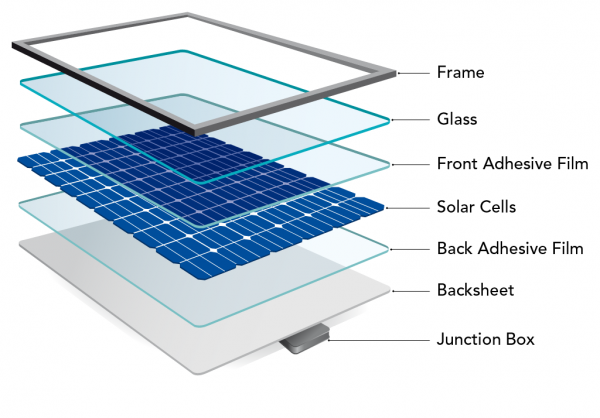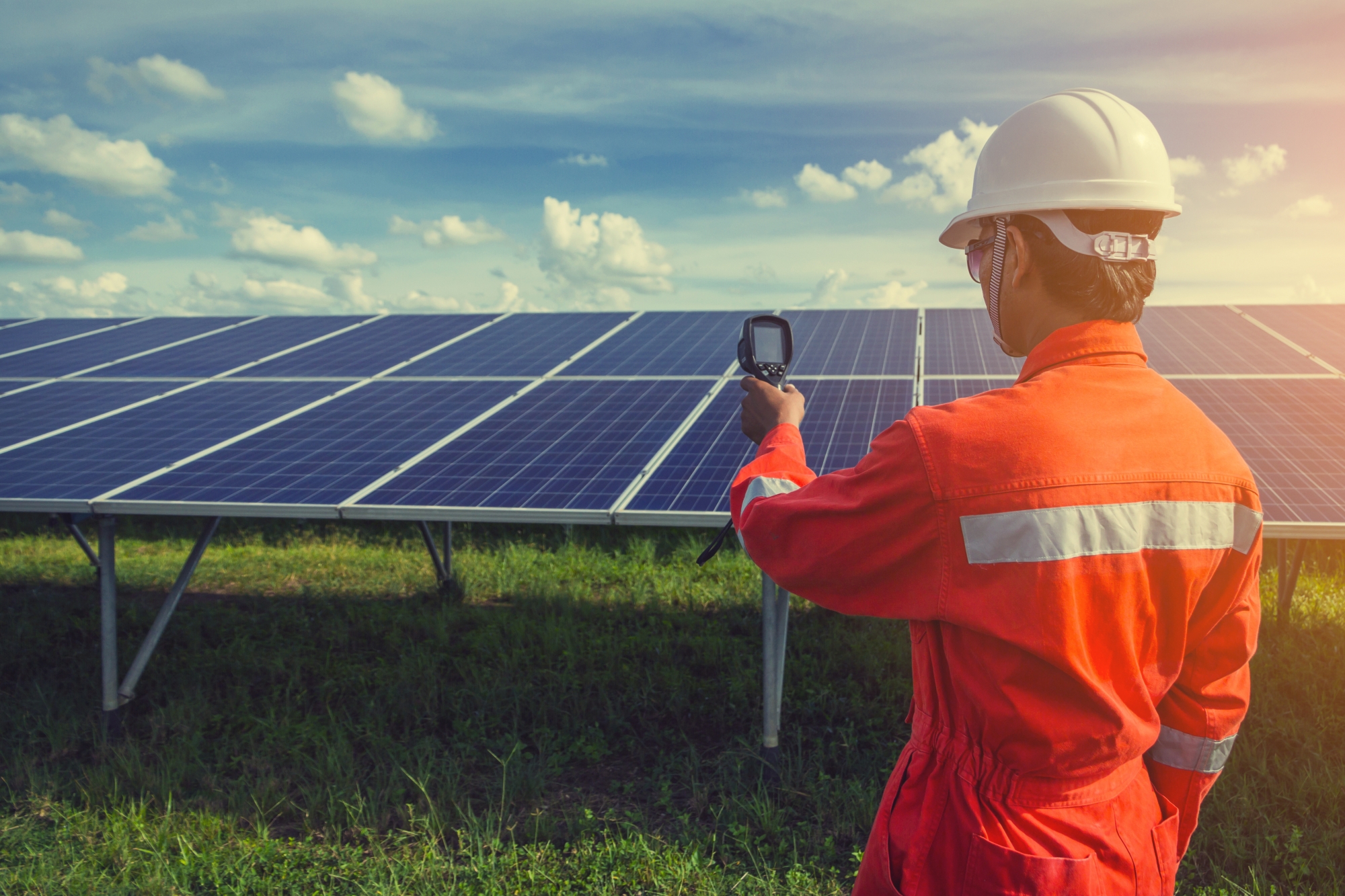The price of photovoltaic (PV) modules saw a substantial dip from 2010 to 2020 – of about 70 to 80%, thanks to the growth of PV modules and solar power technology both in India and the world. Witnessing a steady average growth of about 25% each year, India had installed more than 40 GW worth of solar energy by December 2020. Interestingly, 55 to 65% of the total cost of the solar project is on PV module solar panels. PV modules are the single most important component of a solar power plant, and through these years, there was a dramatic improvement in their technology. As a result, PV modules became more efficient (measured by the proportion of solar irradiation converted to solar energy), and had better output capacity.
Trends in 2020
Many expected these downward trends in the industry to continue in the coming years. Several developers even bid for projects under government tenders based on the premise that the price of PV modules would keep declining. On the contrary, the opposite happened. PV module price rose by 7 to 10% over the second half of 2020! From US$0.21/Wp in 2020, it increased till US$0.33/Wp in 2021. This led to industry watchers questioning whether this was a result of changes brought on by the pandemic, or a more permanent tendency that would stay.
Reasons for the Deviation in PV Module Prices in 2020
To set the context, let’s look at some key facts in the solar power industry. For one, China controls over 80% of the world’s solar supply chain, particularly in important areas of raw materials like glass and polysilicon. With this in mind, let’s examine the factors leading up to the subsequent rise in PV module prices:
- The sudden breakout of the COVID-19 pandemic shifted a major part of the demand from the first half to the second half of 2020.
- There was a shortage in the supply of polysilicon owing to an accident at GCL- Poly Energy Holdings Limited, a large supplier in Hong Kong, and the outbreak of a new virus in China’s Xinjiang province, another significant supply market. This resulted in over a whopping 50% increase in prices.
- The transition of technology and slowed down ramp-up capacity further led to a shortage of glass.
- The price of other essential commodities like aluminium and silver were also driven up.
- Cost of transportation went up thanks to restricted movement of ships and containers during the pandemic.
- The US Dollar fell in value against the Chinese Yuan.
Predicting PV Module Prices in FY22
The above chain of events contributed to the surge in PV module prices, and it remains uncertain when the situation will reverse. Issues like the supply shortage of raw materials might get resolved soon, but only if we assume that the pandemic will end shortly. Trends in commodity prices will also influence module prices and have a more long-term impact.
Technology Advancement in the Solar Power Industry
New technologies like bi-facial and 500+ Wp modules are emerging rapidly and will be likely to become mainstream over the next few months. As well, governments are expected to incentivize local manufacturing both globally and in India. These might result in a return to the previous trend of decreasing PV module prices. However, if governments decide to impose trade barriers like duties, prices may increase again.
Although short-term factors make PV module prices somewhat unpredictable, these are overridden by the more long-term implications of solar power as the most sustainable option of energy. In the long run, PV module prices are likely to diminish to support the mainstream implementation of solar energy.
VEMC is a pioneer in electromechanical engineering products, allied equipment and services and is ISO 9001:2015 certified. With decades of industry experience, VEMCO Solar is a market leader in solar energy consulting services. Contact us at +91 98199 07445 for any requirements in the space.









